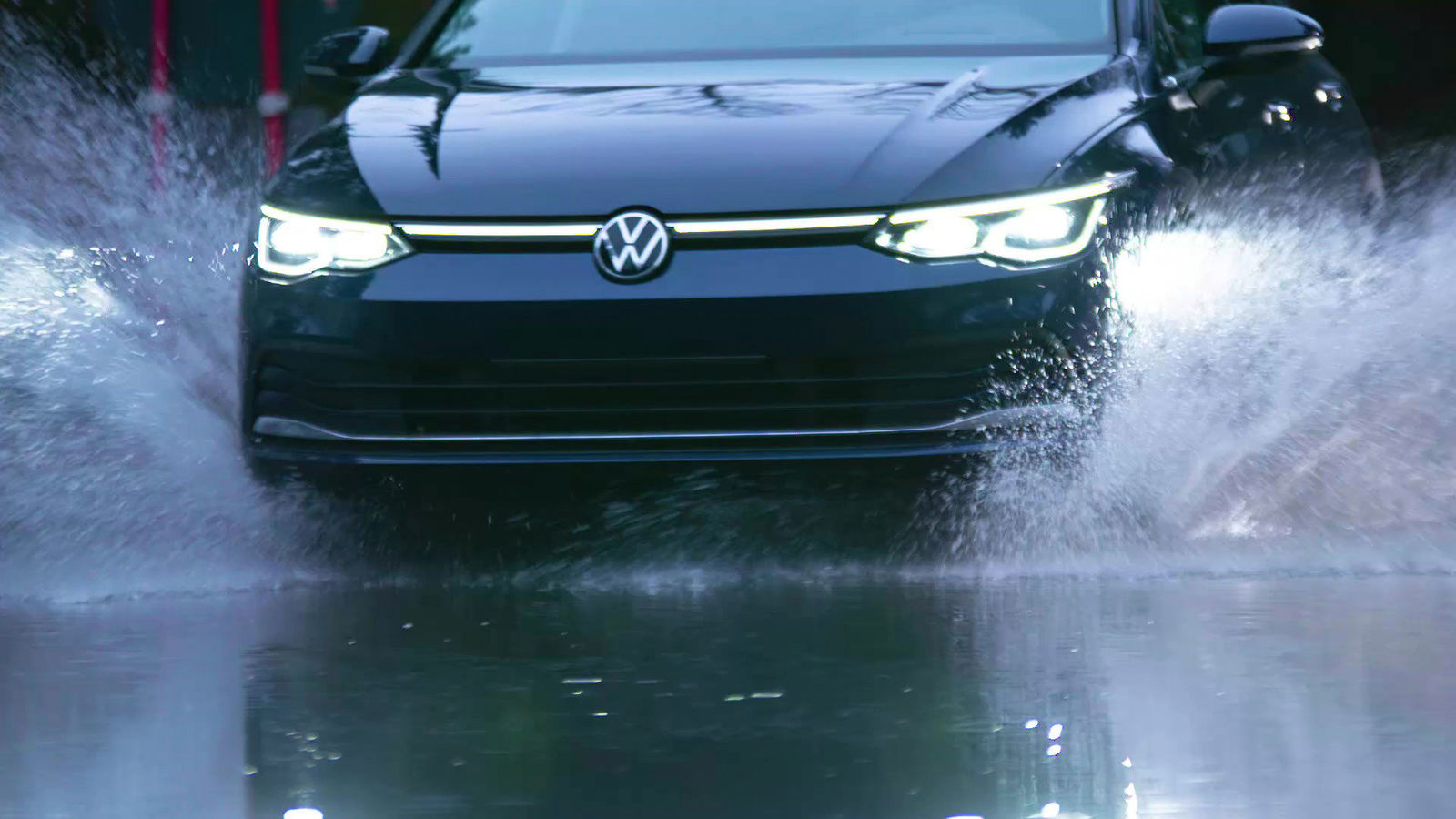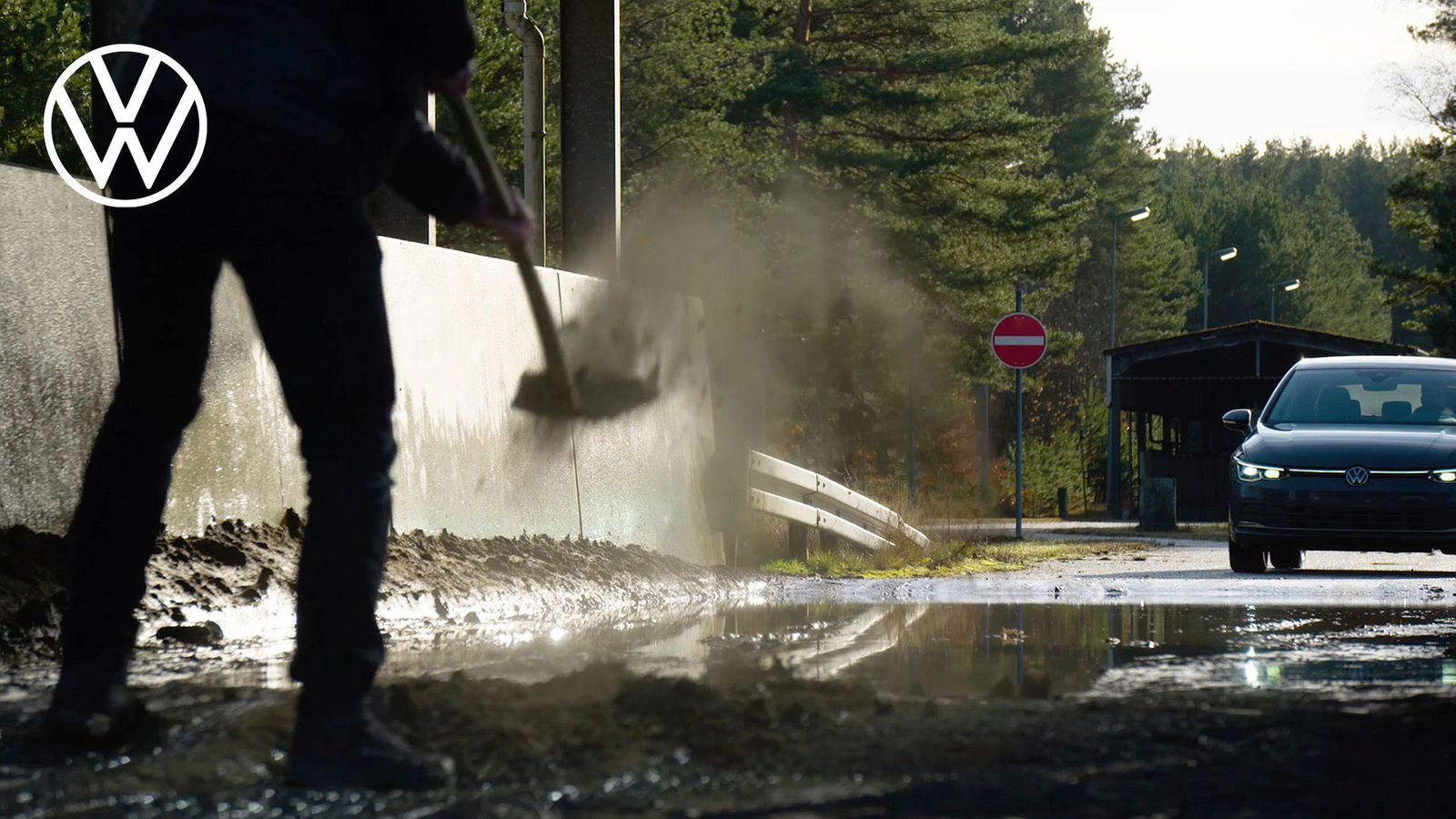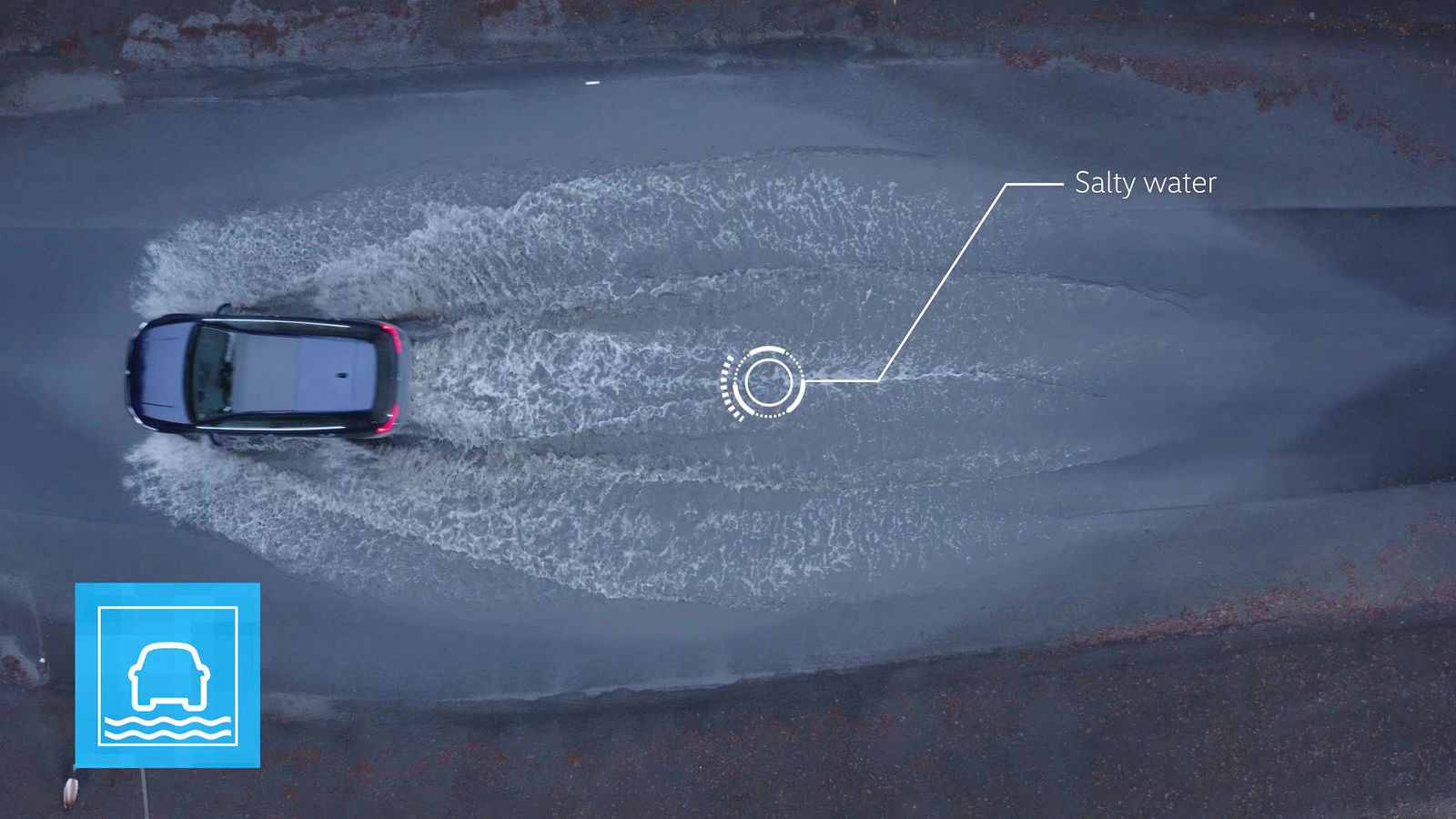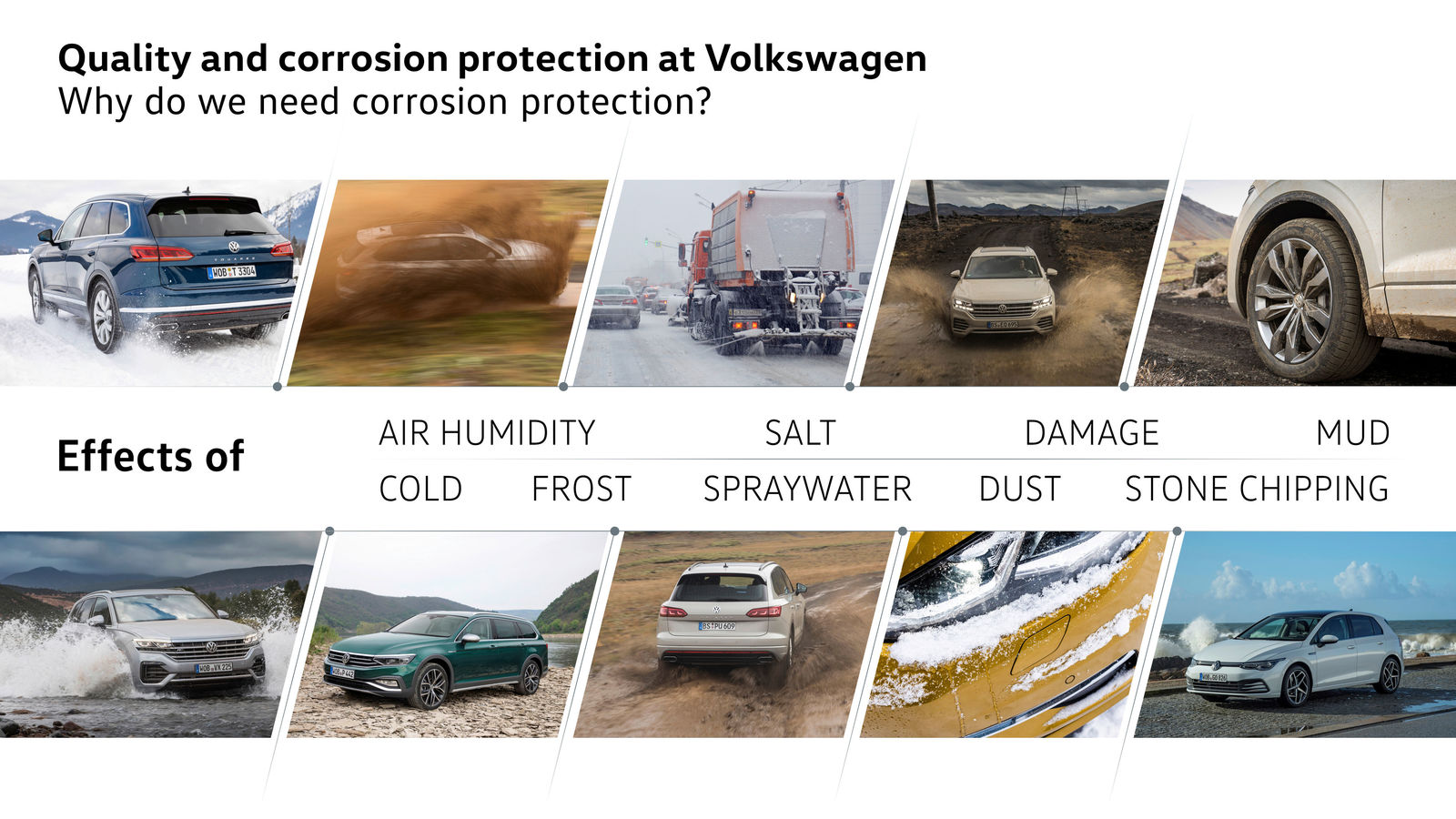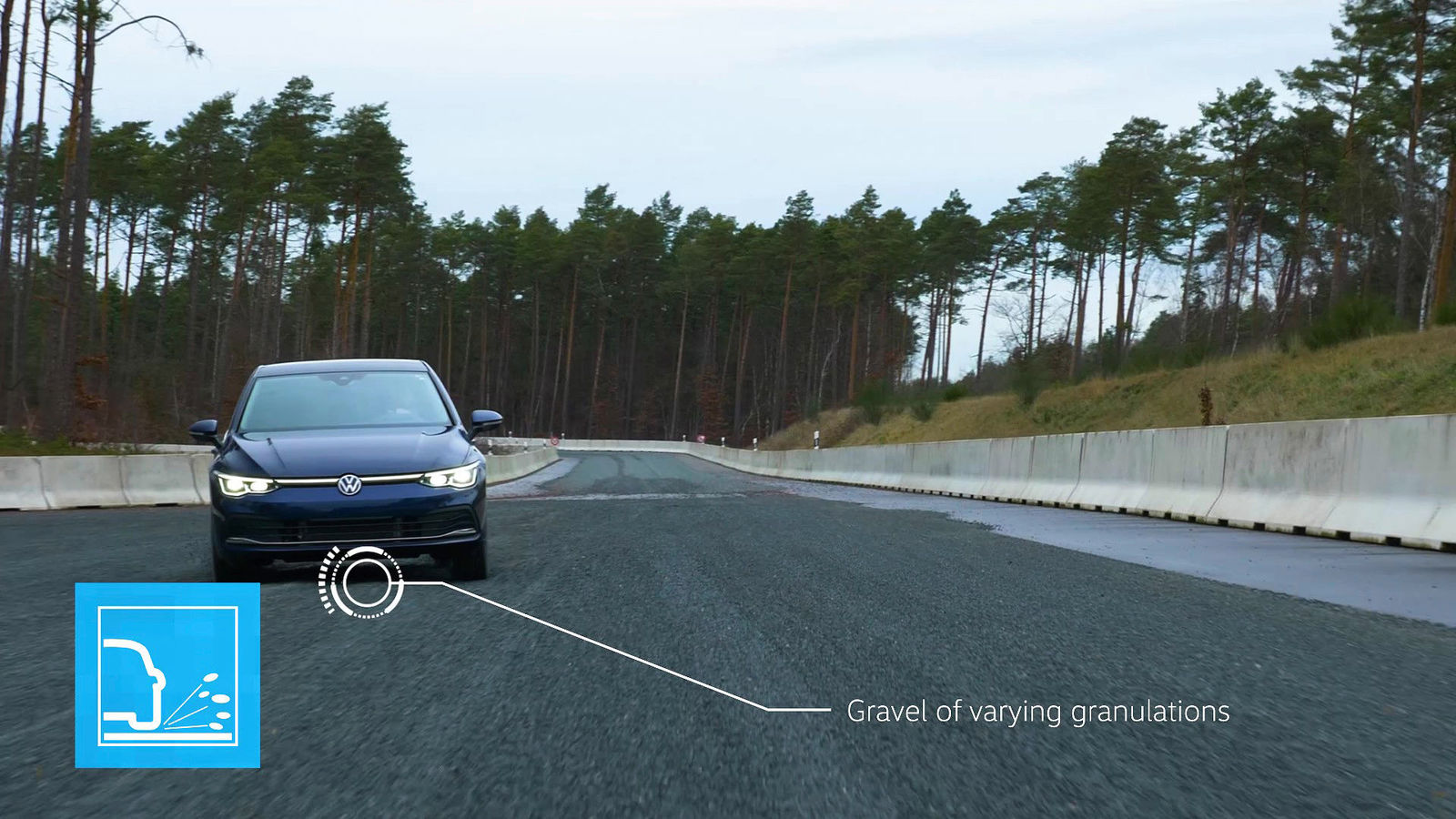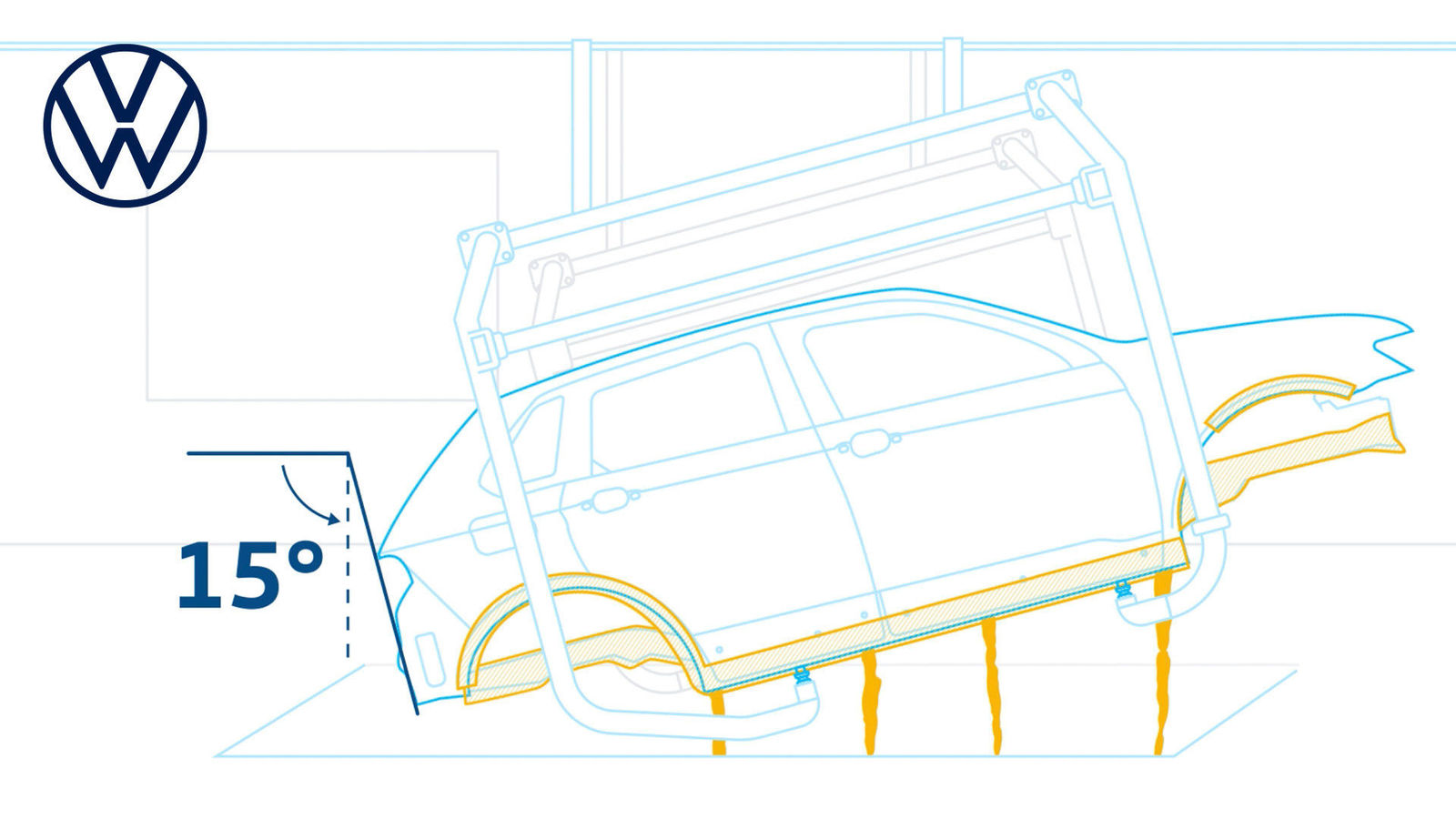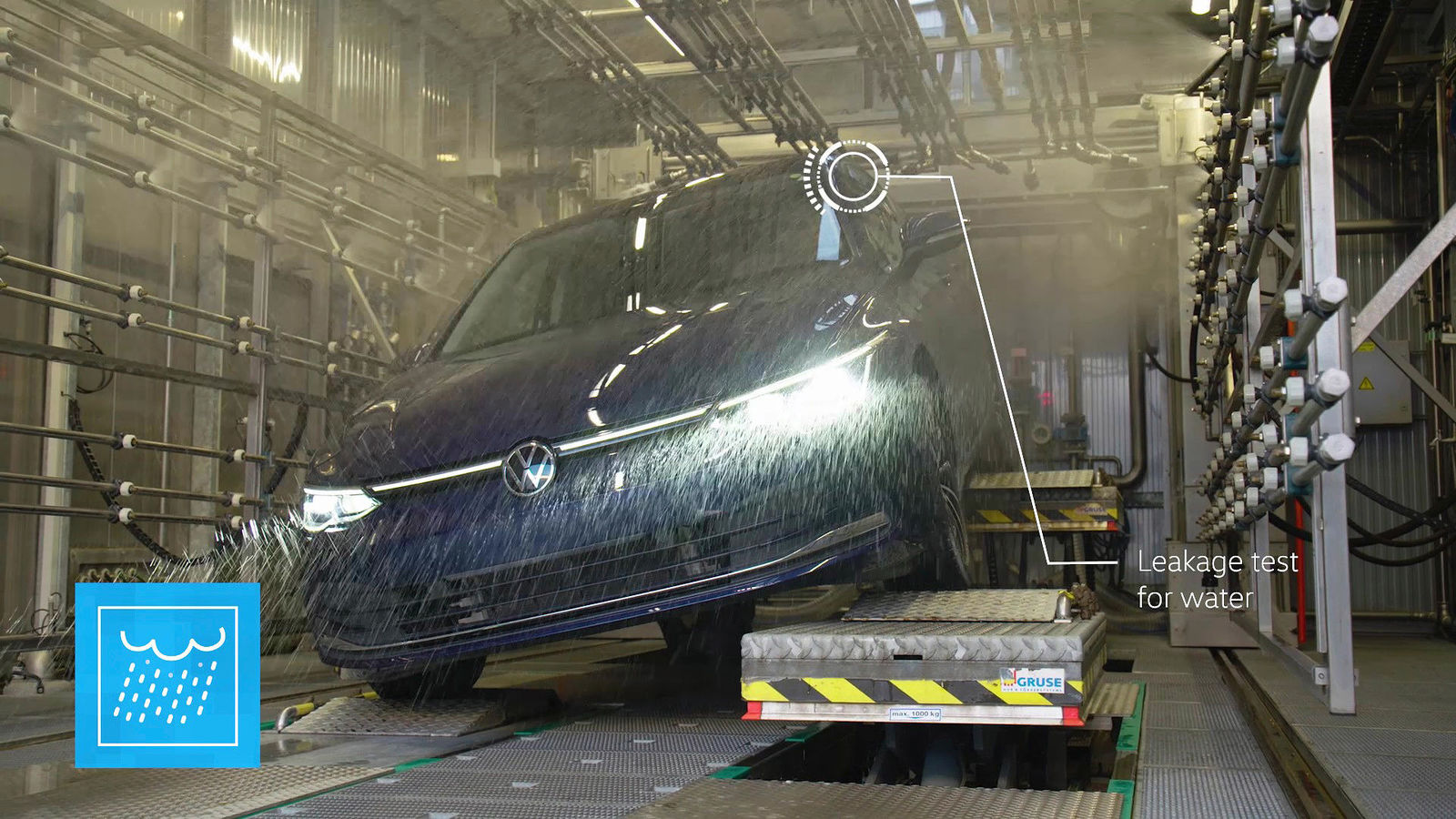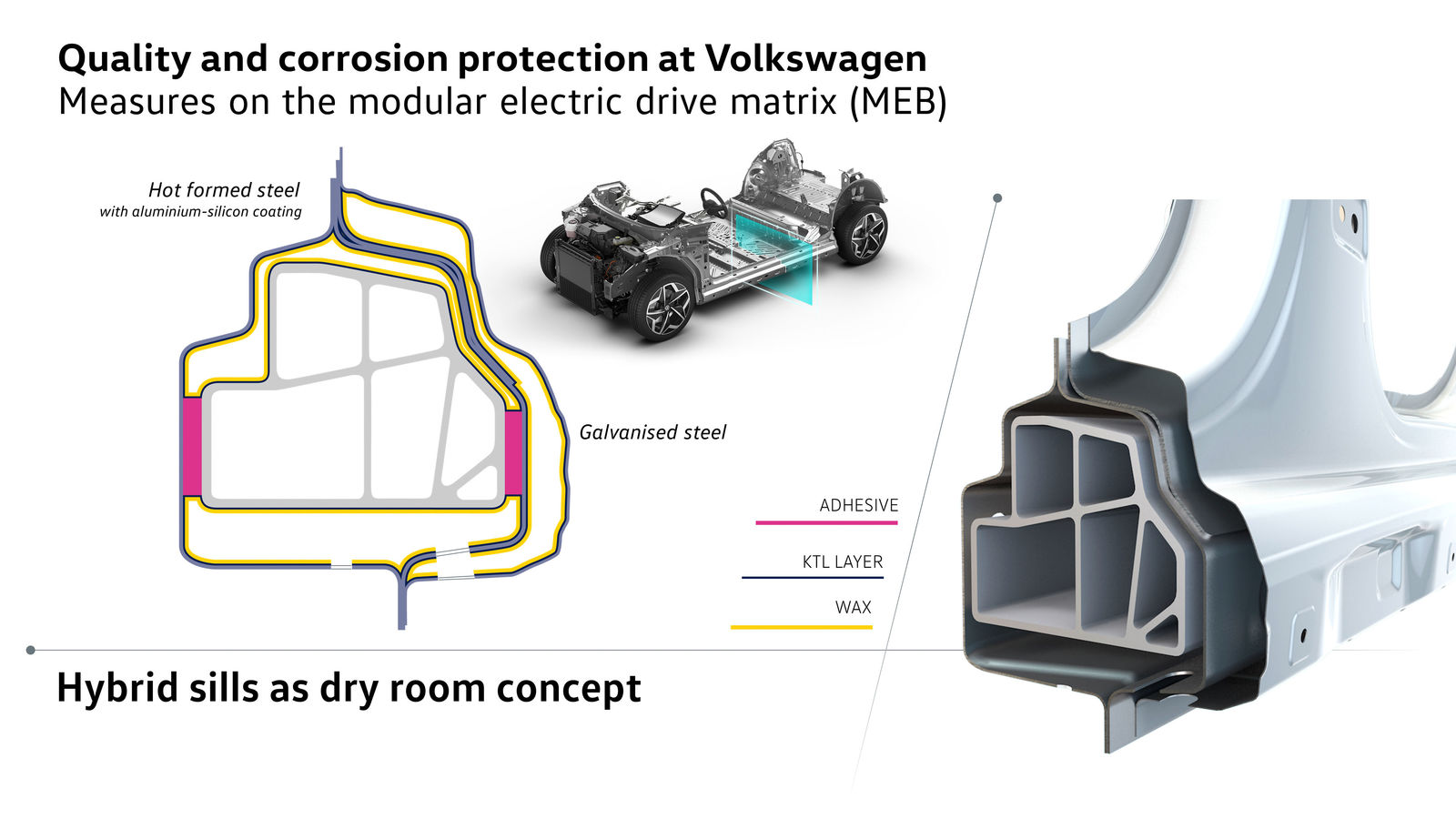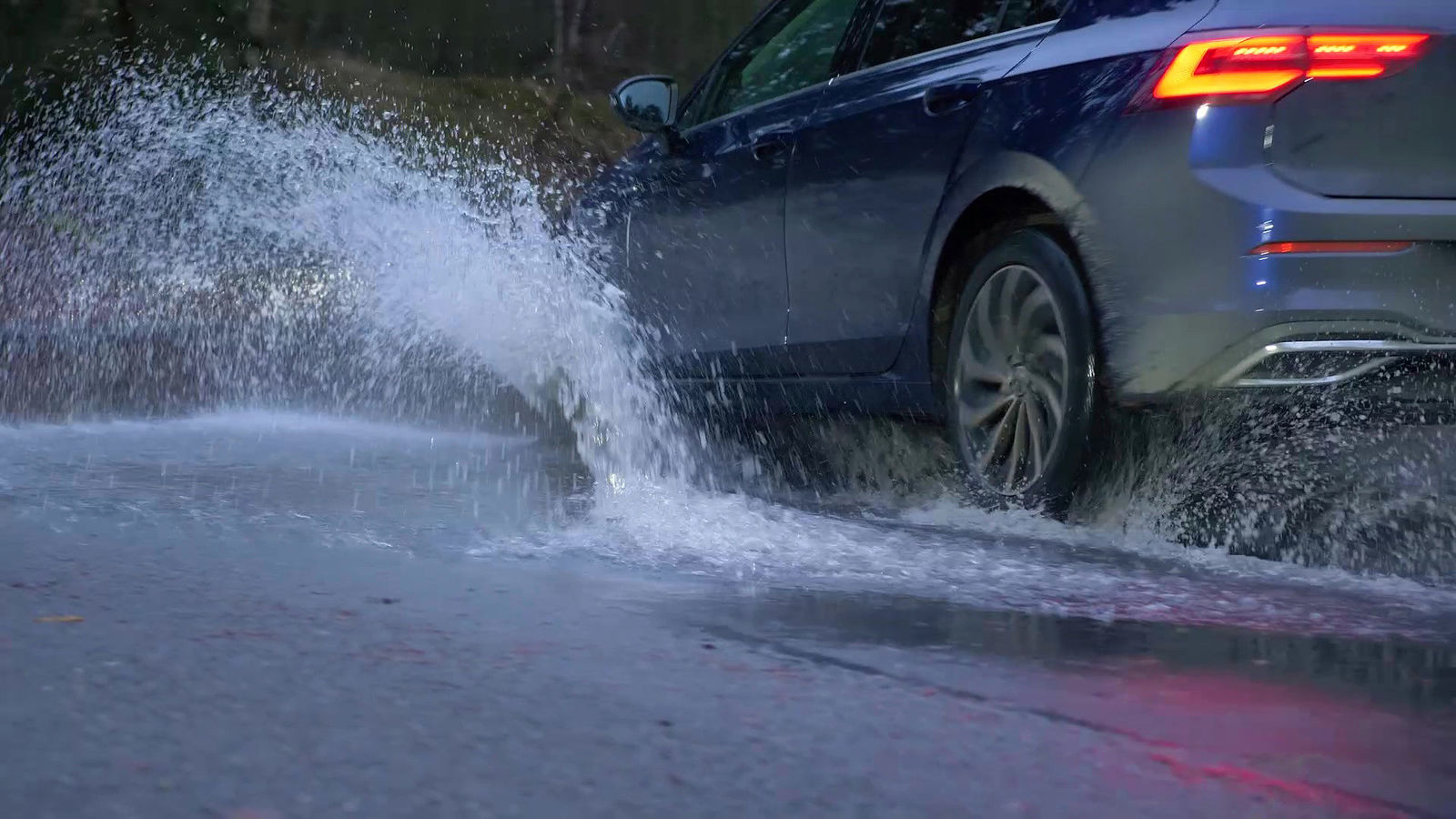Corrosion protection at Volkswagen: Twelve years in “fast forward” mode
Volkswagen engineers simulate the ageing process of a car in just six months to reproduce 12 years of car ownership by a customer. We explain the corrosion protection measures that apply for all Volkswagen models – classic combustion engine models as well as the new electric models from the ID. range.
Volkswagen grants its vehicle customers a 12-year guarantee against rusting
However, as long as car bodies continue to be made from sheet steel, and road surfaces have grit and small stones, it will not be possible to prevent corrosion entirely. These stones damage the paint while driving, thereby creating points of attack for road salt and water. And this is exactly where an important element of Volkswagen’s concept comes into play: the Dynamic Corrosion Test, which is carried out by Development at the Volkswagen proving grounds in Ehra-Lessin. Every single new development is tested here and subjected to different vehicle testing scenarios – from grit, salt water and pot holes to a climate chamber and hydropulse system. The programme lasts six months during which the vehicle is subjected to 90 cycles, simulating twelve years in the hands of the customer. Every year, scores of Volkswagen models undergo this tough test, in which an average of 68 kilos of salt are used per year and vehicle.
Simulation of stones thrown up by wheels: Each small stone generates its own dynamics
Computer simulations are already run in the early stages of development to determine how stones are thrown up by the wheels and strike the vehicle. This test investigates the impact of small stones from the road, which are propelled upwards and onto the sides of the vehicle by the front wheels. The largest wheels and widest tyres are examined in the simulation, and each individual small stone features its own dynamics and trajectory. Minimal adjustments of a few millimetres in the design of the vehicle’s side contour often result in major improvements.
The demands placed on rust prevention are increasing all the time – for the electric ID. models, developers are implementing completely new concepts.
Volkswagen has developed an innovative underbody design for its purely electric ID.301. The large high-voltage battery is located beneath the passenger compartment and is protected from below by an aluminium sheet. The sheet represents the core of the completely encapsulated underbody. Its plastic covering not only protects against corrosion but also considerably improves aerodynamics beneath the vehicle, thereby also increasing its range.
If the ID.301 should sustain a side impact from another vehicle, the hybrid side members protect both the battery and the occupants. To reduce the weight, the side members are fitted with lightweight aluminium profiles on the inside and extremely lightweight yet ultra-high-strength steel is used. Even though the hybrid side members are dry areas, targeted corrosion protection measures are still applied here: the cathodic dip coating lines all cavities, while the inner sides of the sheet metal panels are additionally protected by wax flooding.
Volkswagen uses this range of tests and measures to secure the longevity of its models around the world – since no rust is not the norm.
